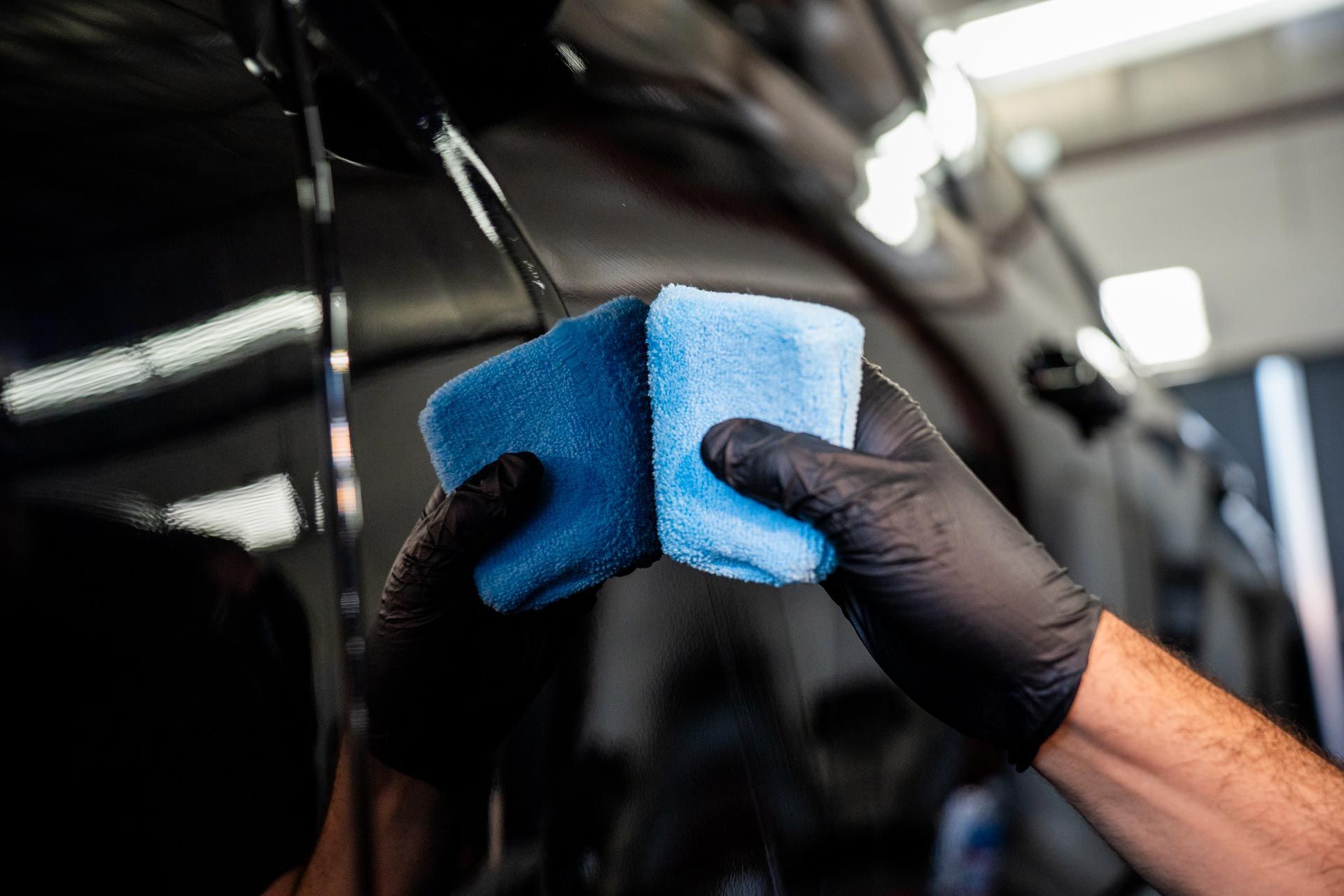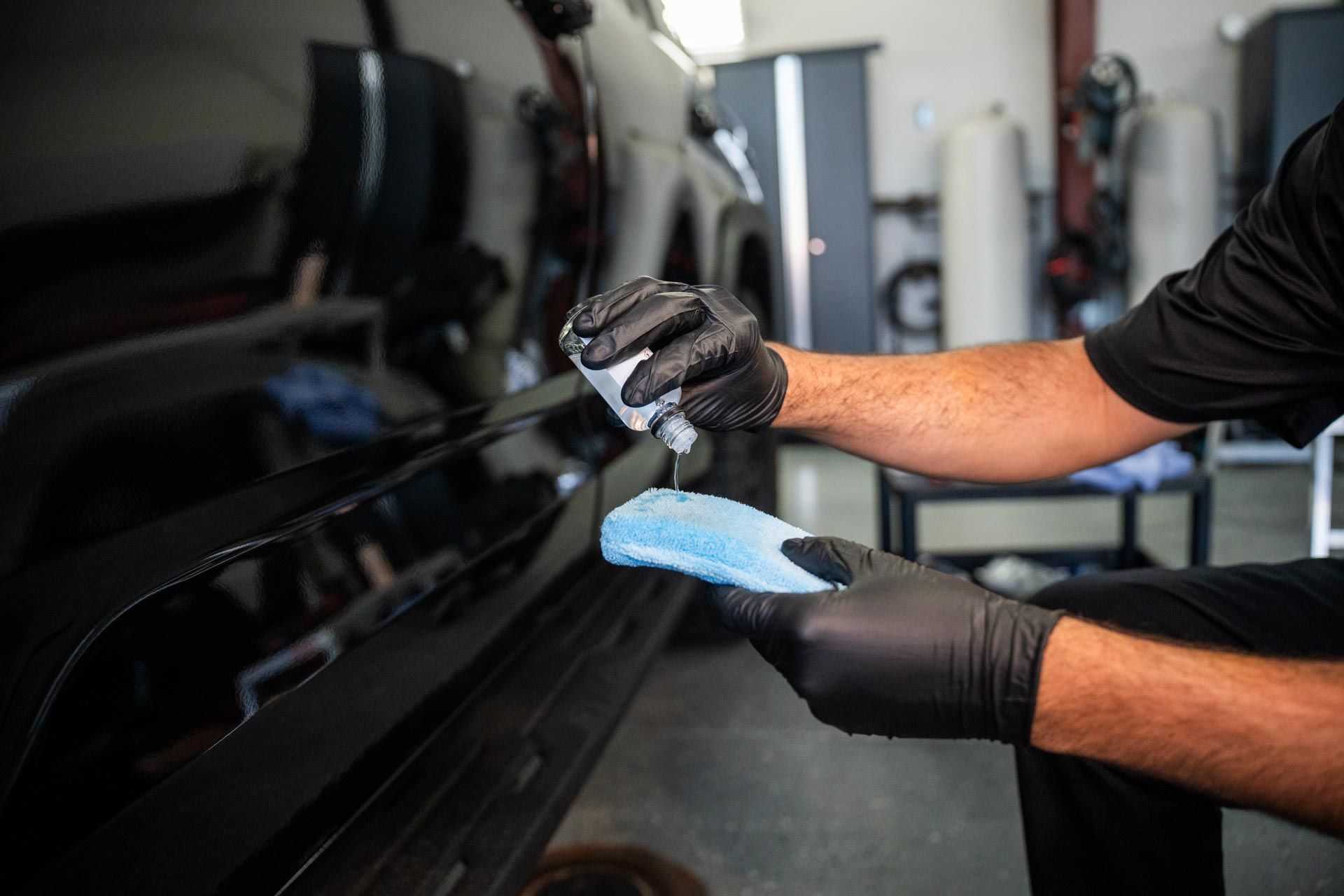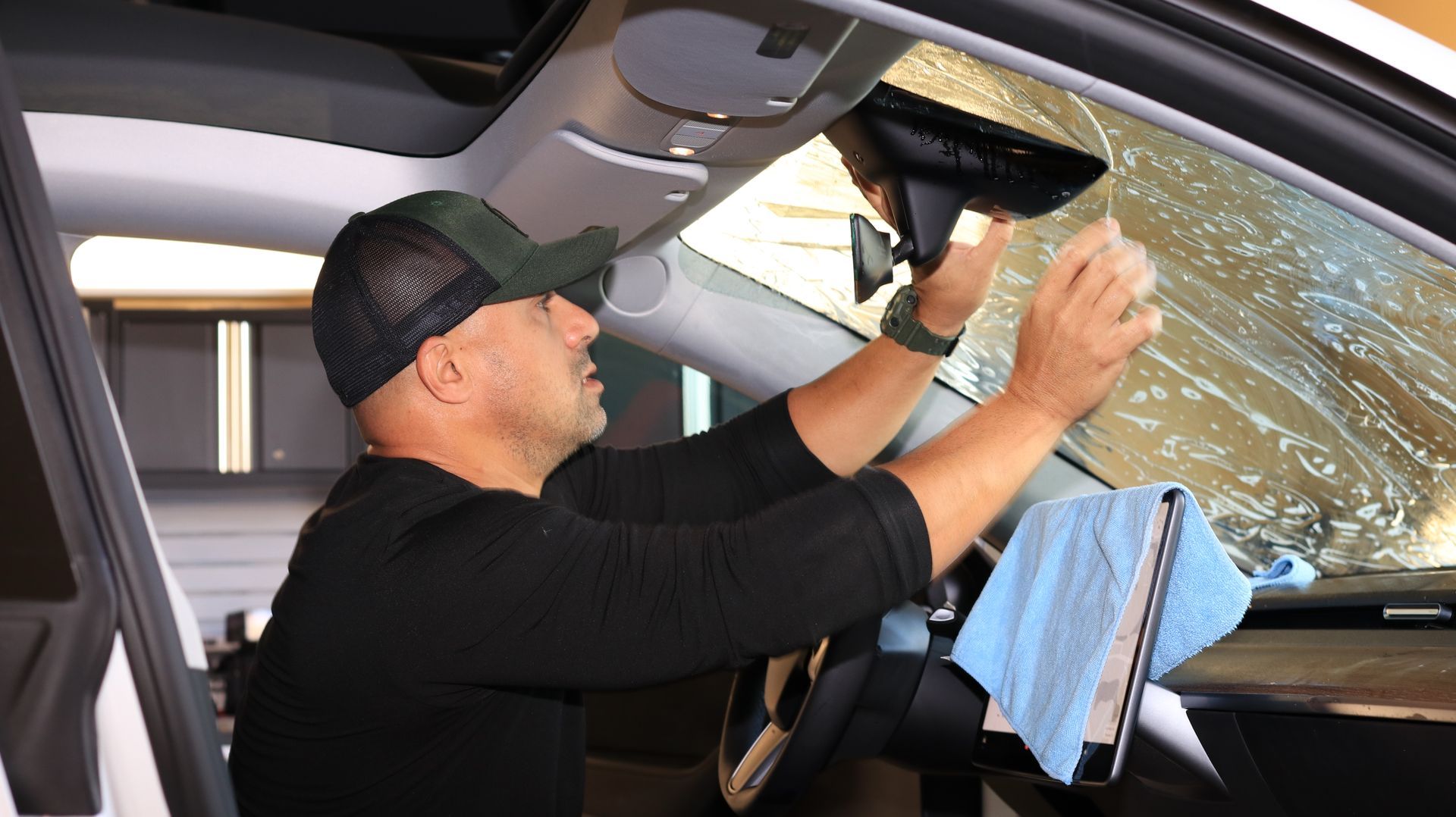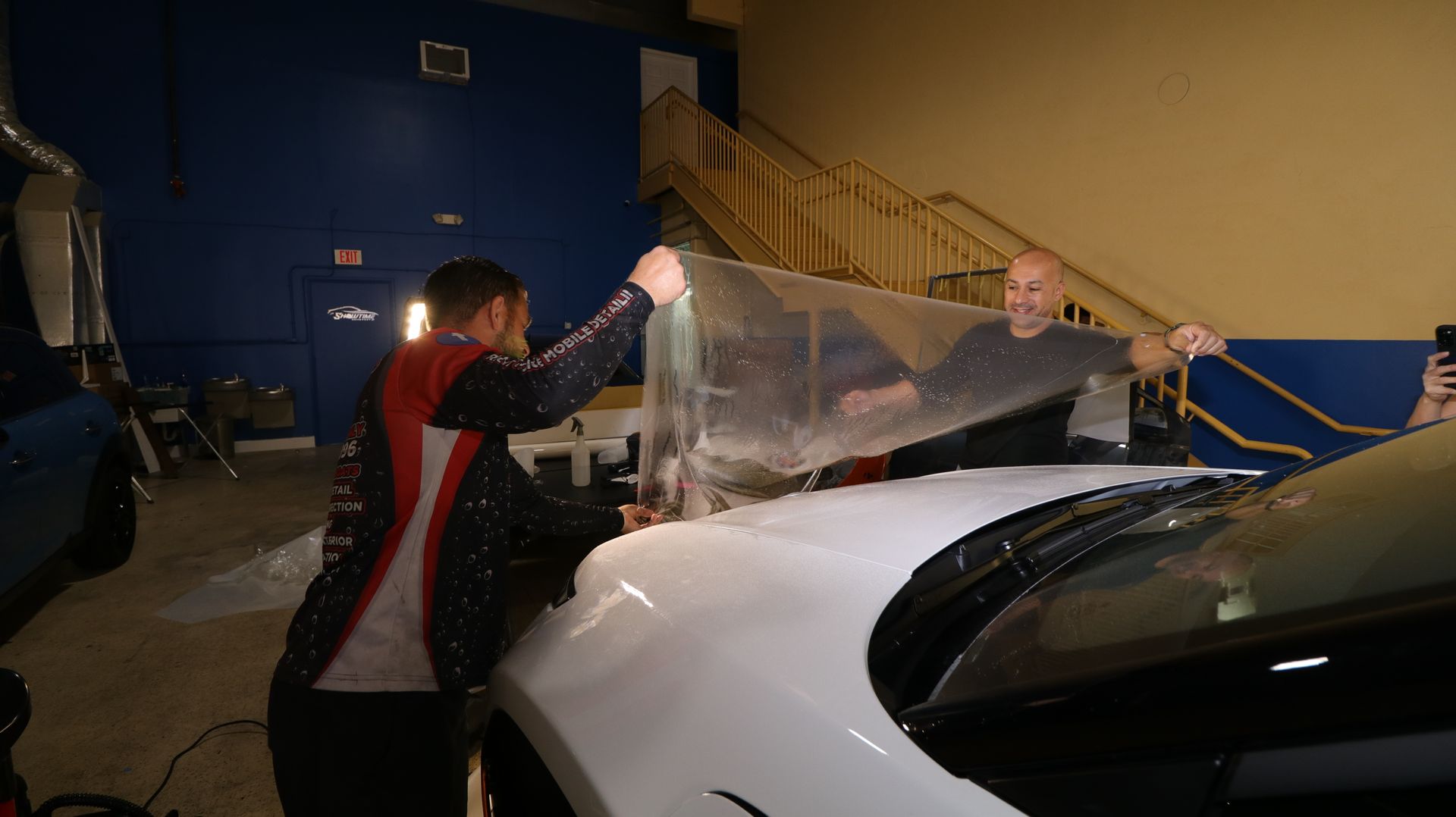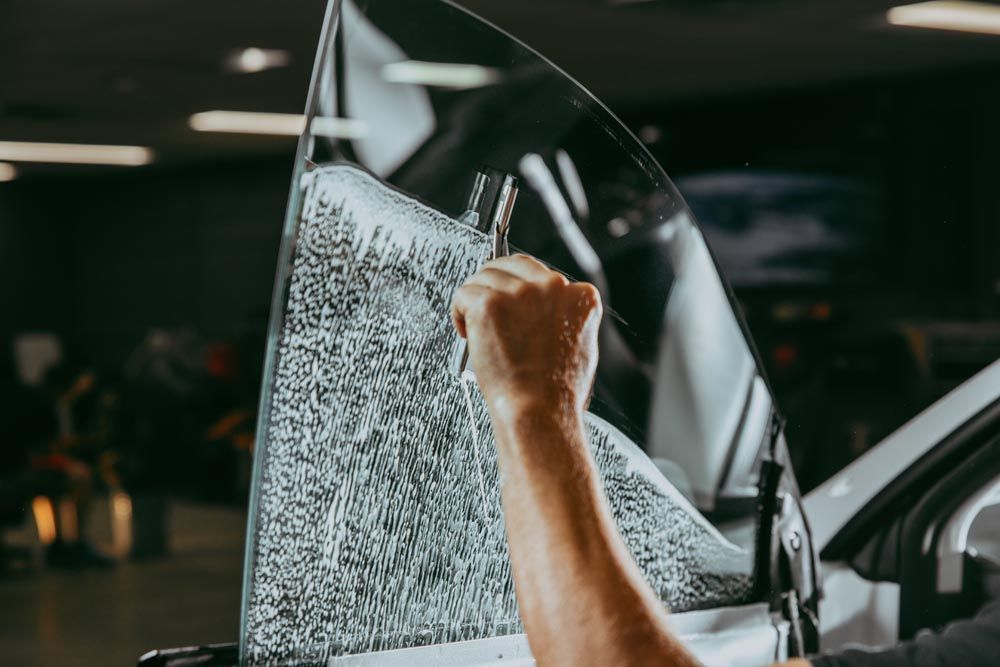Ceramic Coating: Exploring the Chemical Composition and Its Benefits
When it comes to keeping your car looking its best, one of the hottest topics these days is ceramic coating. You might be wondering, “Is this high-tech solution really worth the hype?” The answer is a resounding yes! Ceramic coatings are designed to protect your vehicle's paint like none other—offering an impressive shield against scratches, UV rays, and pesky contaminants that can ruin your car's appearance.
In this article, we’ll dive into what makes ceramic coatings so effective by breaking down their chemical composition and exploring the numerous benefits they bring. Whether you’re a car enthusiast or just want to keep your ride in top shape, understanding these coatings can help you make informed choices for your vehicle's care. So, let’s get started!
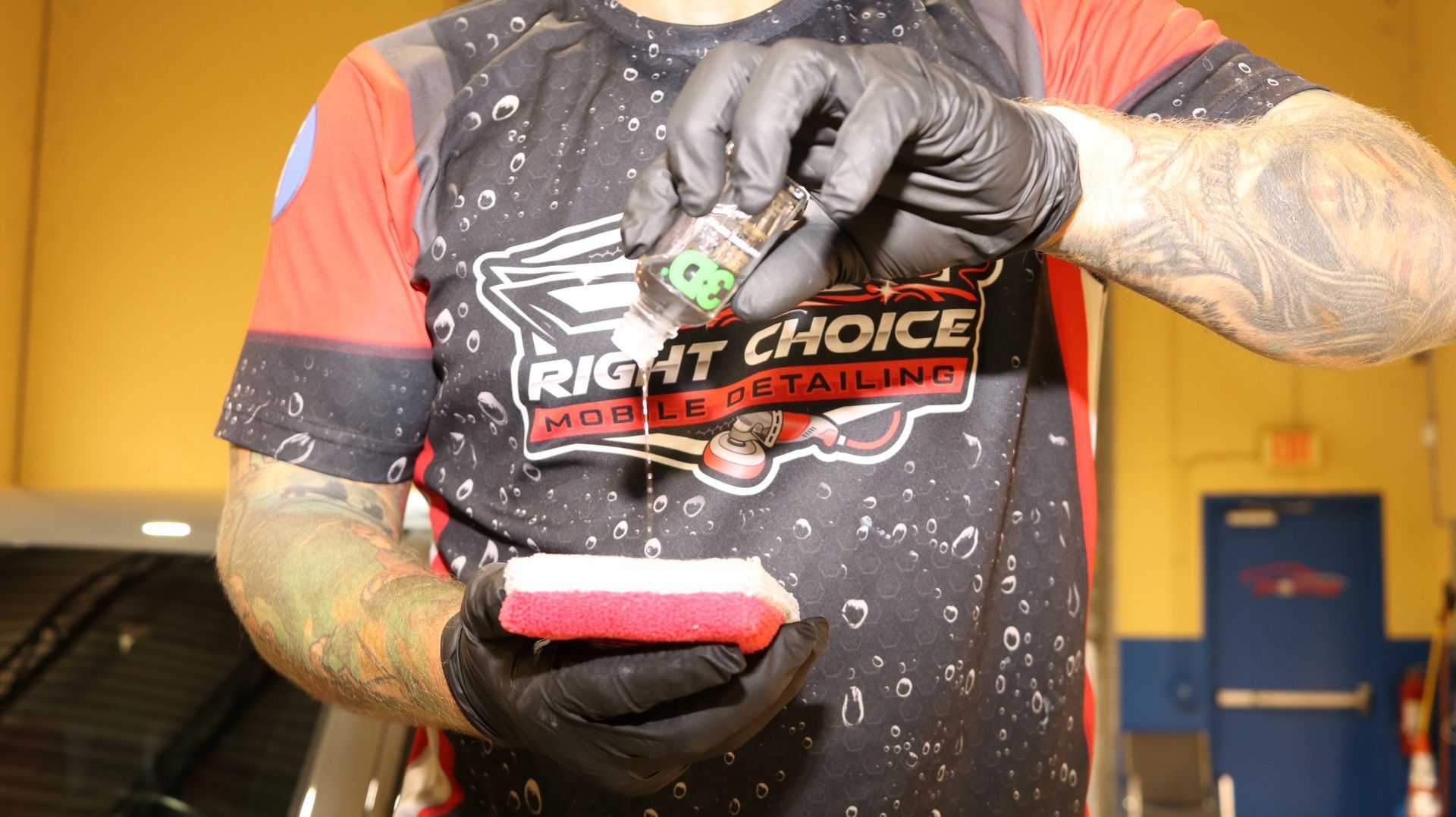
Benefits of Ceramic Coating
When it comes to protecting your automobile, ceramic coatings stand out in a crowded market. One of the most significant advantages lies in their ability to shield against environmental hazards. Think about all the potential threats your car faces daily: UV rays that can cause paint oxidation, droppings from birds that can eat away at the finish, and sticky tree sap waiting to ruin your paint job. With a ceramic coating, these worries diminish significantly as the coating forms a robust barrier against such adversities.
Enhanced Gloss and Shine
A ceramic coating does wonders for your vehicle's appearance. Once applied, it creates a reflective layer that enhances color ranges and deepens clarity. The result is a high-gloss finish that retains its charm far longer than traditional waxes or sealants. Imagine driving down the road with sunlight glimmering off a surface that looks almost as good as new even after months of use. It’s no exaggeration when customers share experiences of maintaining their glossy sheen for years without requiring additional waxing!
Hydrophobic Properties
Another striking advantage is the hydrophobic nature of these coatings. What does this mean? Water beads up on the surface and rolls off, taking dirt and debris with it. This unique characteristic simplifies cleaning and decreases the likelihood of tricky water spots forming after rainfall or washes. Many users report significantly reduced upkeep time while keeping their vehicles looking sharp and polished. Consider the time savings: instead of scrubbing away stubborn dirt or removing water spots after every wash, you can simply rinse down your car and let nature do much of the work for you.
Chemical Resistance
Beyond just physical elements, ceramic coatings offer remarkable chemical resistance as well. Withstanding harsh chemicals from road salt, bird droppings, and pesky tree saps—this coating protects against degradation even in challenging environments. They can manage a pH range between 2-12 with minimal degradation, ensuring long-lasting integrity. A car protected by ceramic coatings can shrug off corrosive materials that would typically spell disaster for lesser finishes.
Chemical Composition Breakdown
At the heart of ceramic coatings lies an impressive array of materials, each contributing to the product's unique protective properties. The most notable among these is Silicon Dioxide (SiO₂), which forms the foundation of the coating. It can make up anywhere from 50% to an astonishing 85% of the total formula. This compound not only creates a tough, durable surface but also provides resistance against scratches and environmental wear. It's like building a fortress around your car’s paint!
Key Components and Their Roles
Following closely behind is Titanium Dioxide (TiO₂), constituting about 5% to 15% of the mixture. This component plays a significant role in enhancing durability while preserving that shiny gloss after application. Think of TiO₂ as the gleaming armor, keeping your vehicle looking fresh and polished.
Additionally, Polysiloxanes serve as critical binders within ceramic coatings. Their job is to ensure that all those powerful ingredients adhere firmly to the vehicle's surface. Without them, you might find your coating peeling away over time—defeating the entire purpose of having a protective layer in the first place.
Solvents also come into play but don’t let them fool you; their primary task during application is transient. They evaporate quickly, enabling an even solid layer to form without leaving behind inconsistencies. Thus, the beauty of ceramic coatings lies not just in one component but in the intelligent blend of these elements working together seamlessly. You could say they are like an expertly crafted recipe—a dash of this and a sprinkle of that produces a delightful dish, or in this case, a stunningly robust finish for your ride!
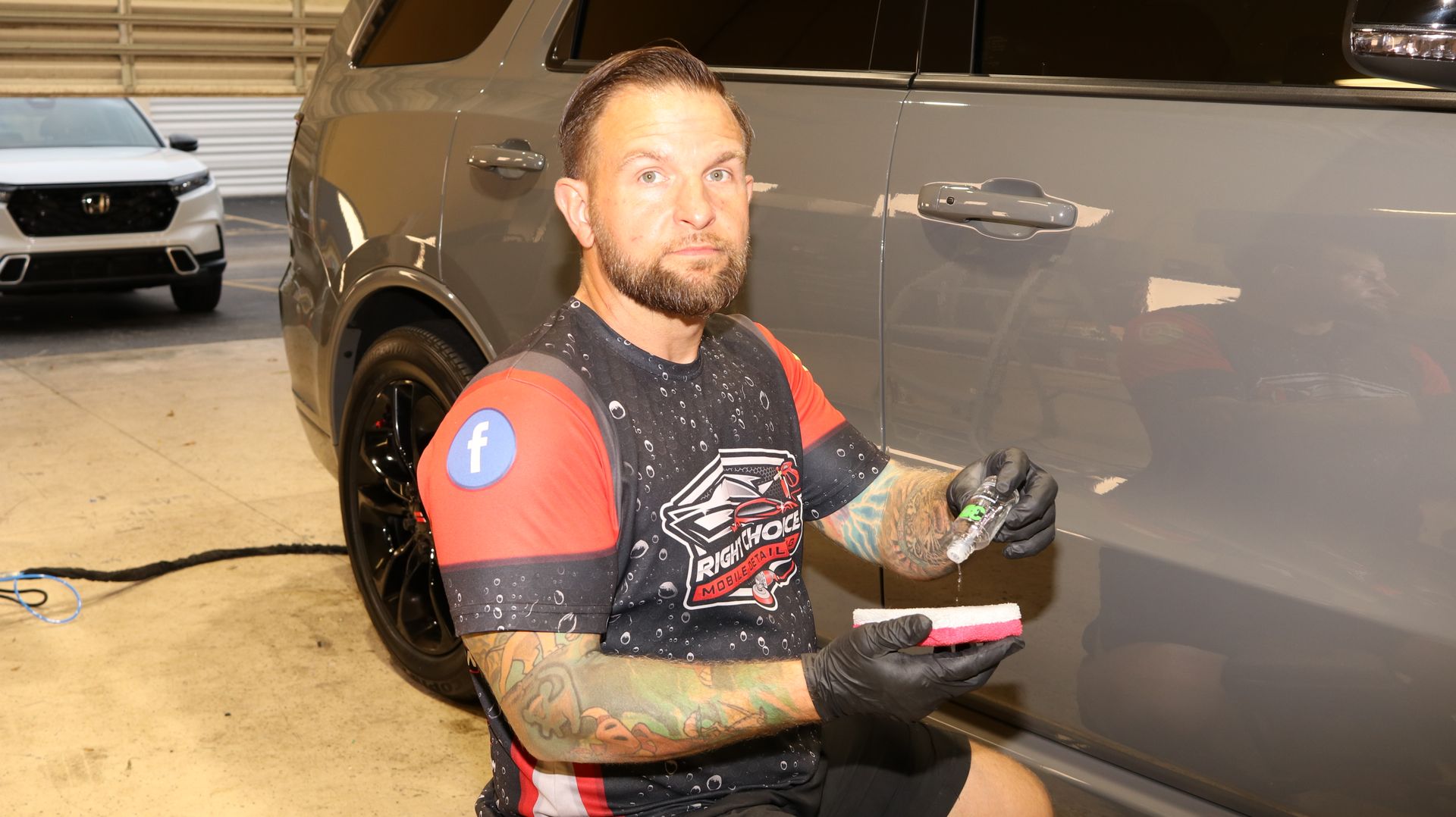
Understanding the Interaction Between Coating and Surface
The success of a ceramic coating largely hinges on its interaction with the vehicle's surface. When applied correctly, these coatings create a formidable barrier that repels water and contaminants while enhancing the vehicle’s overall aesthetic appeal. Understanding the nuances of each step in the application process is essential for achieving this level of protection.
Surface Preparation
Start with surface preparation, as it lays the groundwork for everything that follows. This involves a meticulous wash followed by decontaminating treatments. It's important to utilize a pH-neutral car soap and soft microfiber towels to avoid swirl marks or scratching during the wash. Once washed, use clay bars or chemical decontaminants to remove embedded contaminants like tree sap or tar. This extra step ensures that the surface is spotless and free of imperfections that could interfere with bonding. Only a clean canvas allows the ceramic coating to bond effectively.
Polishing
Polishing serves not just an aesthetic function but also plays a critical role in preparing the surface for coating. This process involves gently removing any remaining scratches or blemishes that may impede proper adhesion. A polishing machine fitted with an appropriate pad and polish can work wonders here. By carefully buffing out imperfections, you enhance both paint clarity and depth, ensuring that when you apply your ceramic coat, it settles into a flawless finish.
Final Thoughts
Ceramic coatings are one of the best investments you can make for your vehicle. Not only do they offer protection from the harsh elements, but they also enhance your car’s appearance and reduce the time you spend cleaning it. At Right Choice Auto Spa, we’re dedicated to providing the best care for your vehicle, using only the highest-quality products and techniques. Our team, led by Corey, is here to ensure your car gets the protection it deserves.
Ready to Give Your Vehicle the Ultimate Protection?
Schedule your ceramic coating service with Right Choice Auto Spa today and experience the difference.
Contact us now for a free quote and enjoy a vehicle that looks as good as new for years to come!

